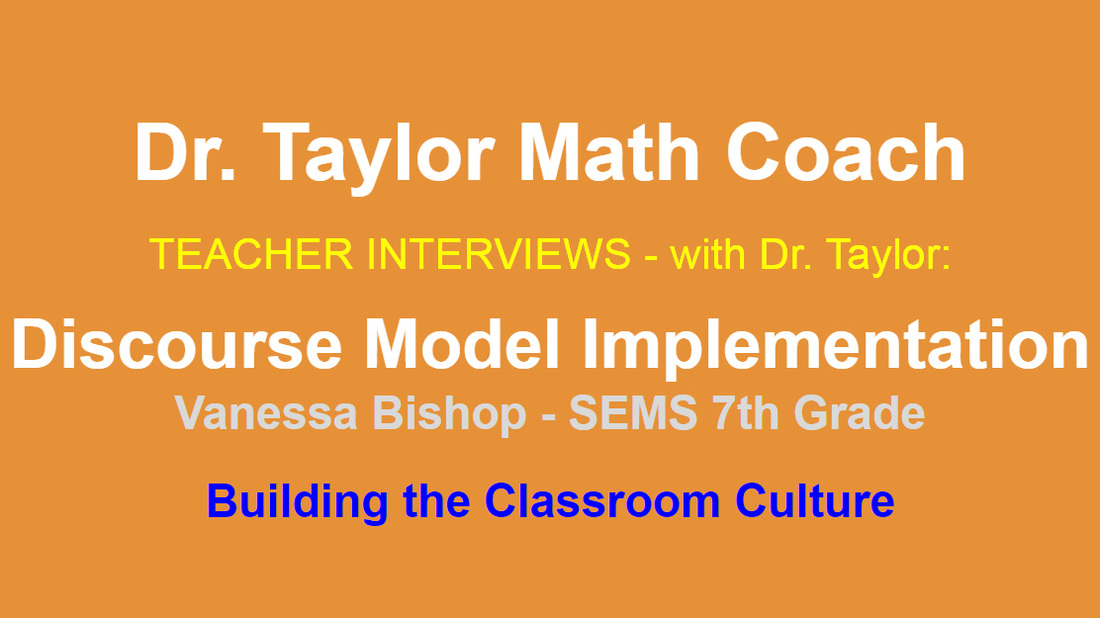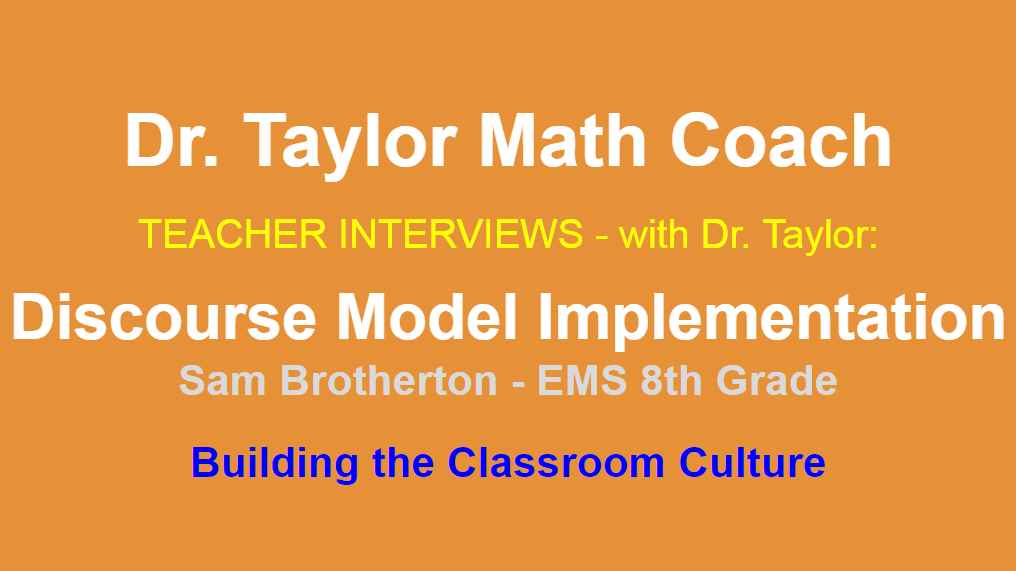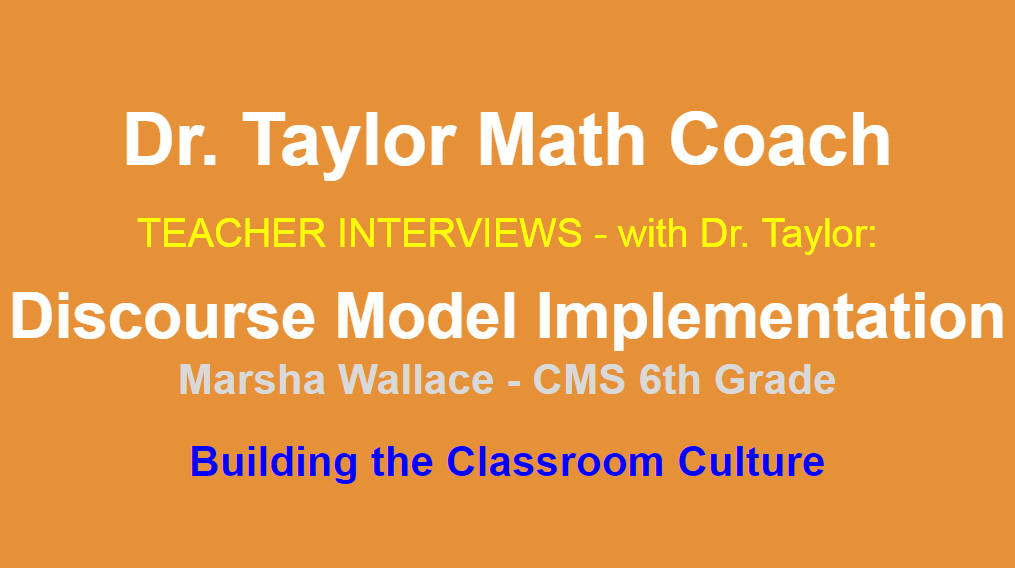|
Question 2:
While developing a culture of discourse… how do you keep students feeling “safe” to be vulnerable within a discussion? |
|
Question 3:
As the lesson (discussion) progresses, how do you keep the student “self reflecting” throughout? |
|
Question 5:
Do you think the Discourse Method provides (or shall provide) significant student performance returns? |
Question 6:
Do you think the Discourse Method is a “good” way to achieve Ongoing Formative Assessments in which timely feedback can be given? |
|
Question 8:
How well do you feel the Discourse Model is serving the “lowest performers” in the room? (Tier 3, IEP, etc…) |
|
Question 10:
How might teachers justify the necessary “SLOW DOWN” to administrators and PLC (or content) teams? |
|
Question 11:
How difficult was the shift in paradigm, or the change in mindset, for you as a teacher? |
Question 12:
What happens when a lesson “TURNS” and you are capturing those “teachable moments”... and about then an Administrator comes in to observe and notices you are NOT aligned to your board displayed learning targets? |
|
Question 13:
Do you utilize any elementary level strategies (strip diagrams, double number lines, etc...) or manipulatives (colored squares, Quizinarre rods, etc…) to drive the Discourse Lesson and the foundational content understanding? |
Chose any FULL Teacher Interview video by clicking on the graphics below:









